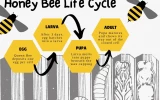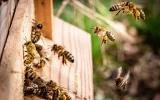How Many Dead Bees in Front Of the Hive is Normal?
Everything in beekeeping should be just right, from having the optimal temperature of the hive to feeding the bees, because anything that's off could be detrimental to the hive. In this article, we'll look at how many dead bees in front of the hive is considered normal.
A healthy hive may have approximately 100 dead bees per day, but considering the death of field bees, it ranges from 800-1,200 dead bees, with an average of 1,000 bee deaths a day. During winter, a hive of 50,000 bees can lose 30,000, with an average death rate of 164 bees per day.
Looking at these numbers, seeing 5 or 10 dead bees in front of the hive may not really be alarming, since thousands of bees die during foraging, but we just don’t see them dying in front of the hive. Dead bees in front of the hive are also an indication of a healthy hive. To find out why, keep reading below.
Summary
- An average of 1,000 bees die per day, considering all those dying in the field.
- During winter, an average of 164 bees die each day.
- Bees can die of starvation, poisoning, diseases, or old age.
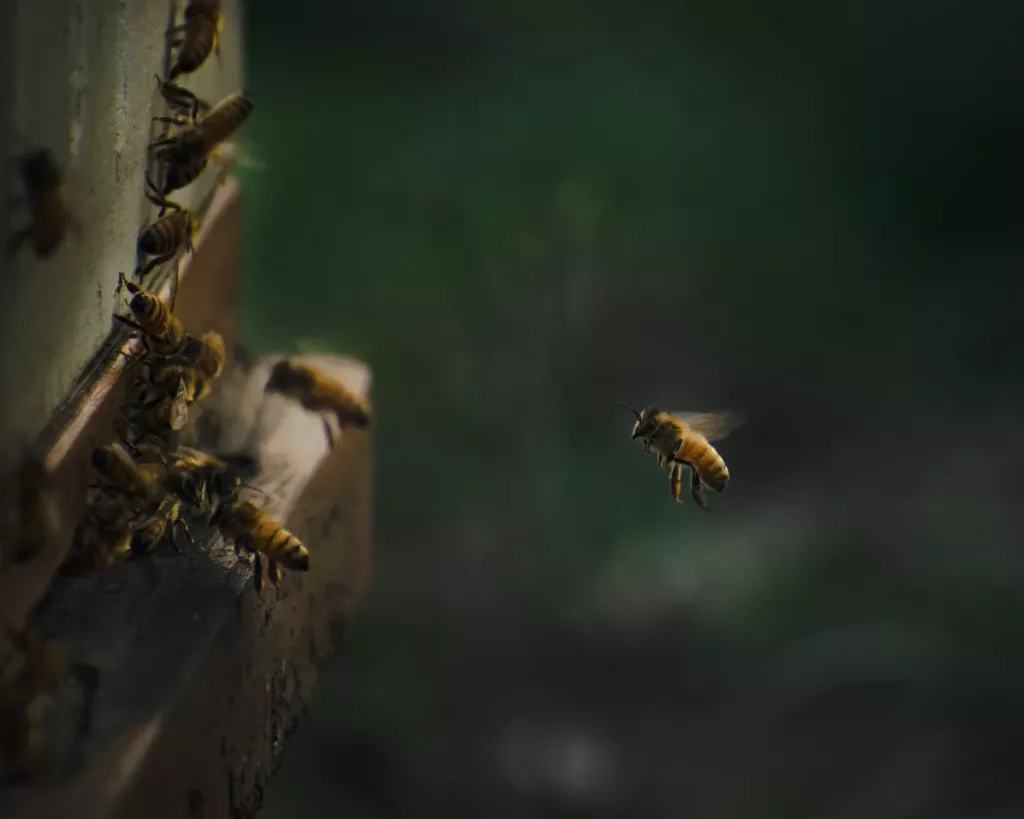
On this page:
An Average of 100 Bees Die Each Day in A Healthy Hive
The average lifespan of an adult worker bee spans six to seven weeks in the spring and summer and four to six months in the autumn and winter. During that time, they will take on different roles the moment they emerge from their brood cell, and their lives will end as foragers either due to old age or mishaps during flight.
The lifespan of bees varies depending on whether they are workers, drones, or queen bees. Here, our focus is on the worker bees because they are the most highly functioning part of the hive and their lives are most at risk.
Worker bees that die due to old age are often seen to have worn-out wings and hairless bodies. Those that die in flight mishaps can be because they got tangled with a spider web, got blown away by a strong wind, got hit by a car, or just anything where they encountered the force of humans and nature.
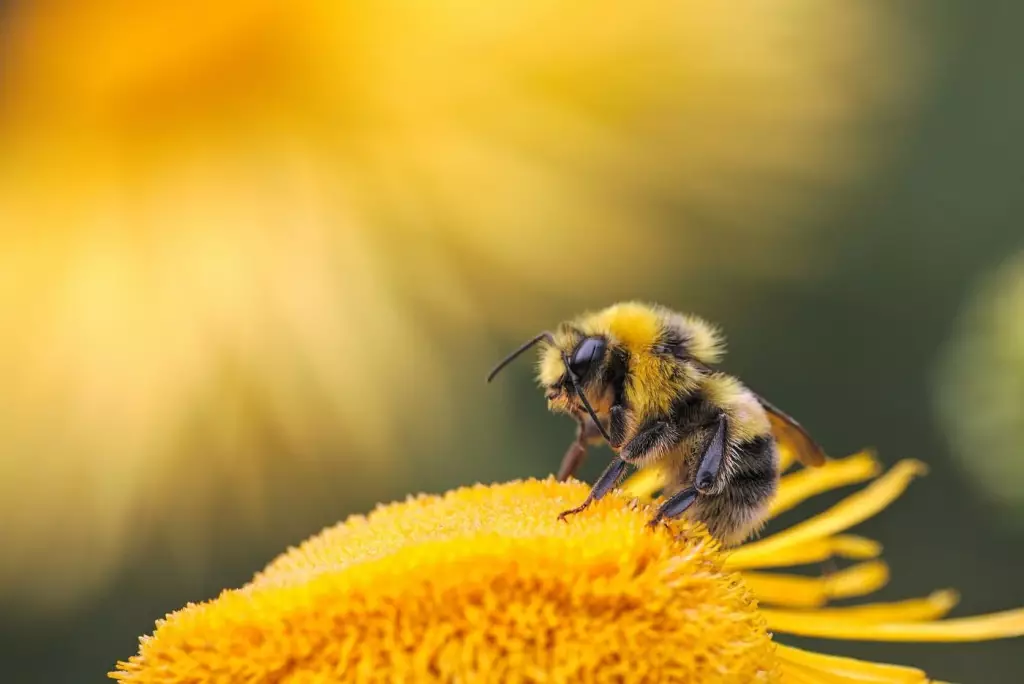
Aside from their lifespan, another factor to look out for that plays a huge part in the number of bees dying per hive is how many eggs the queen lays. A healthy queen bee can lay 1,000 to 3,000 eggs per day, with an average of 2,000 eggs during the peak summer season.
If we have 2,000 eggs laid by the queen in a day and 80% of them live and grow into adults, there are about 1,600 newly hatched bees per day on average. Let’s say 1,000 of these died on that same day; there are still 600 viable bees left. By the end of the month, you’ll have 18,000 bees in a hive.
If the survival rate of the eggs laid by the queen is around 90%, you’ll have 24,000 bees by the end of a month, which is already the average number of bees in a medium colony.
It might seem morbid, but the normal death of bees each day is essential to keeping things in the hive under control. If the eggs have a full 100% survival rate upon being laid by the queen and will not experience any factors that can cause their death, the hive will be overpopulated in a month, which may lead to swarming.
A healthy hive may experience the death of about 100 bees per day, but considering the death of field bees, it ranges from 800–1,200 dead bees, with an average of 1,000 dead bees per day. It is, therefore, normal to see 5 or 10 pieces of dead bees in front of the hive as bees die inevitably each day.
During winter, a healthy colony of 50,000 bees can lose 30,000 bees to the tormenting cold temperatures. Dividing 30,000 with 182 days, which is the number of days from October to March, the average death of bees each day during winter is 164 bees per day.
While these numbers are just estimates, people who are concerned about seeing less than 10 individual dead bees in front of their hive can gain confidence that these are just deaths due to natural causes and should not worry them too much.
Reasons For Having Dead Bees in Front of Your Hive
Dead bees in front of your hive could be caused by many things. While it is normal, it is still better to look out for other underlying problems, such as the following:
Death by starvation
Bees die from starvation during the winter, especially if the period has taken longer and their honey supply has not lasted. If you noticed bees with their heads in the cells, you can be sure that they died of starvation.
Death due to disease
Common bee diseases like American foulbrood and varroa are not new to beekeepers. If, while inspecting your hive, you noticed larvae stringing out when inserting a toothpick into a cell or trembling bees crawling around the outside of the hive, these are symptoms of Varroa mites and American foulbrood.
Death due to poisoning
As mentioned, if you see one to two dead bees, it’s not as alarming as it sounds because thousands of other bees die in the field each day. But when you see a pile of dead bees in front of the hive, this is a sign of bee poisoning.
Seeing bees on the bottom board could mean a varroa mite infestation, but dead bees in front of the hive indicate that a chemical has been sprayed nearby and made its way to the hive.
To determine if the death of the bees is caused by poisoning, you must check the bees' tongues (proboscis) to see if they are sticking out. If so, this is a clear indication of bee poisoning.
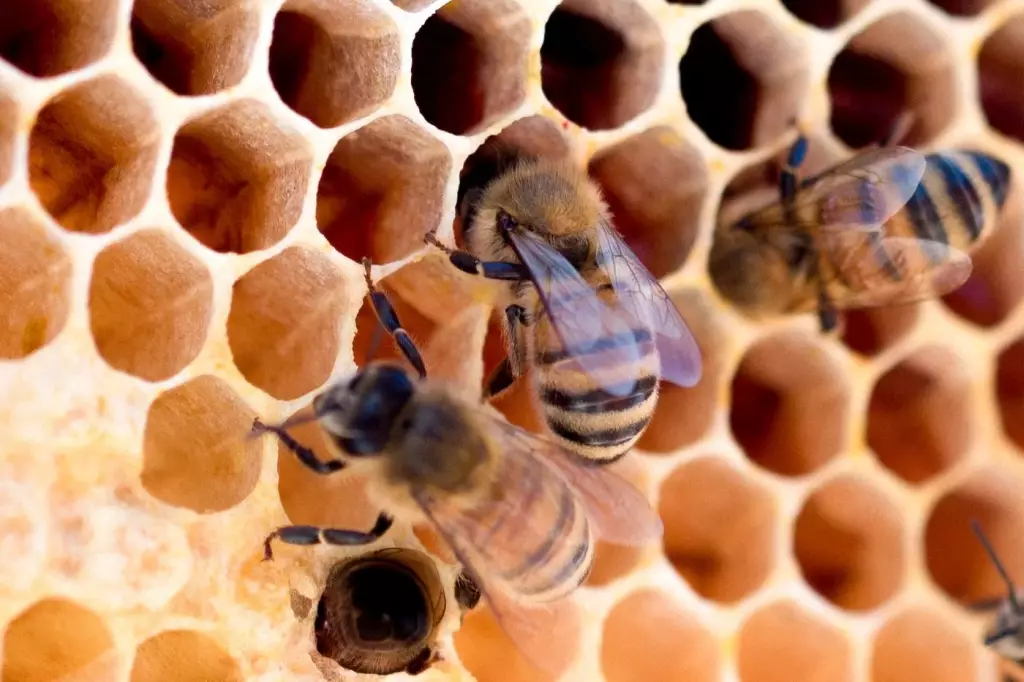
Death due to Nosema
If you notice yellow or brown colored stains in the exterior parts of the hive and near the opening, it’s highly likely that your bees died from Nosema.
Nosema happens when bees are unable to leave their hive for several weeks, succumbing to the buildup of their own waste in their tiny bodies. With excretion piling inside the hive, the hive becomes unsanitary and will kill a hefty pile of bees.
Removing Dead Bees in Front of your Hive
Seeing dead bees is normal, but seeing a pile of them in front of the hive will require you to inspect thoroughly for possible causes. Now that we know the possible causation, we must act quickly and remove it when we see large numbers of dead bees.
After troubleshooting the possible cause of the bees’ death, you must clean the bottom board of the hive immediately. Make sure that the entrance of the hive is open. Remove the entrance reducer first. Begin scraping any dead bees using a stick or hive tool and dragging them along the bottom board.
While bees have their own way of removing dead bees, which is said to be an indication of a healthy hive, it’s best that beekeepers can also practice regular hive cleaning.
